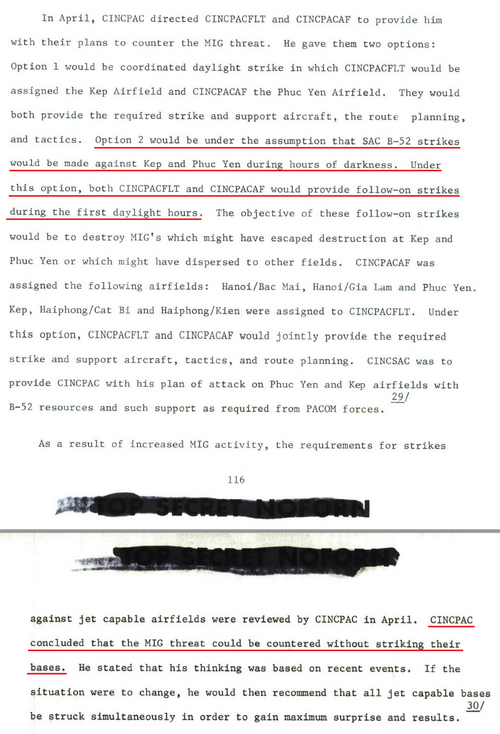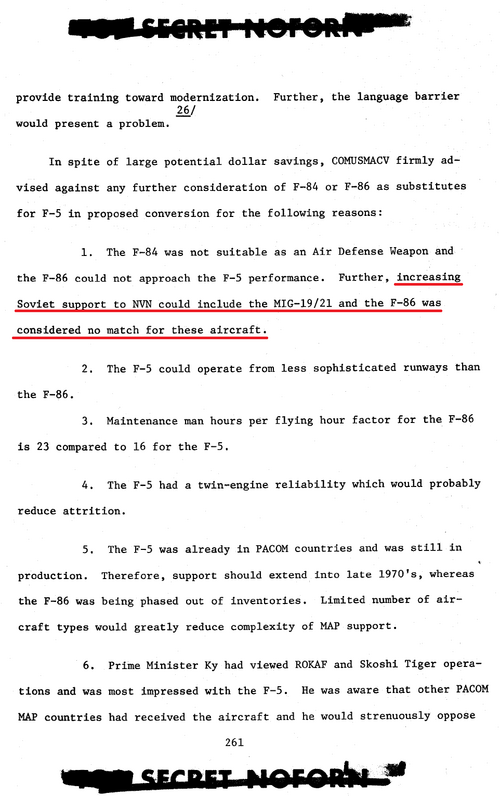The Thud's kills come with the caveat that, AFAIK, they were mostly down to the Vietnamese pilots making the poor life choice to make head-on attacks right into the gun. They weren't exactly engaging in ACM to get those kills.
Mostly from guys jumping unaware MiG-17's on the way home or from pressing the attack after they were jumped themselves. I'm not saying it was an exceptional dog fighter, but it was exceptionally fast at any altitude and had both excellent control authority and stability at high speed, also had a very healthy thrust-to-weight ratio for the time and a high rate of roll. It could largely choose to accept or avoid contact on it's terms -- IF you know the bad guy is out there.
Defensively, if they were jumped they'd fight vertical with yo-yo's or rolling scissor until the MiG's lost energy, then they could accelerate out of dodge and head home or reengage if the situation allowed. MiG-17's couldn't keep up in a straightline or match the acceleration, and at high speed got the shudders and shakes which is bad for a gun platform with no missiles. Same principles applied when the Thuds were hunting (very common and very discouraged, particularly early). In a single slashing attack on MiG's, there was no chance for the MiG to really engage. If the -105's pressed an encounter, they could turn to the scissors to get them out of trouble as soon as the situation started to go south.
Later the MiG-21 showed up which was much more capable, and the Thud did considerably poorer (no kills). Then it was hug the deck and head home.
My point isn't that the Thud was an excellent dogfighter or air-superiority; it wasn't. The point was that they didn't need a fictional excellent dog fighter early. They only needed to go where the MiG's were (up North mostly), and most of the USAF and USN fighters were capable of holding their own against a MiG-17. Even the big nuclear strike bomber, Lead Sled.
What they needed was early warning up North, and an absence of rules of engagement that discouraged shooting down MiG's as a political problem, and forbade bombing airfields. Aggressive fighter sweeps with 104's or Crusaders shepherded by F-4's to be eyes and BVR, would have made quick work of the early MiG's (though it may have been escalatory. It escalated anyway, as it turns out, as real wars usually do).
When policy discourages downing MiG's except after being attacked, and prohibits bombing airfields, SAM sites, etc, makes "sanctuaries" in Hanoi, Haiphong, and the Chinese border offlimits, well, ... They aren't stupid. They, too, are going to pick their spots to their advantage.




